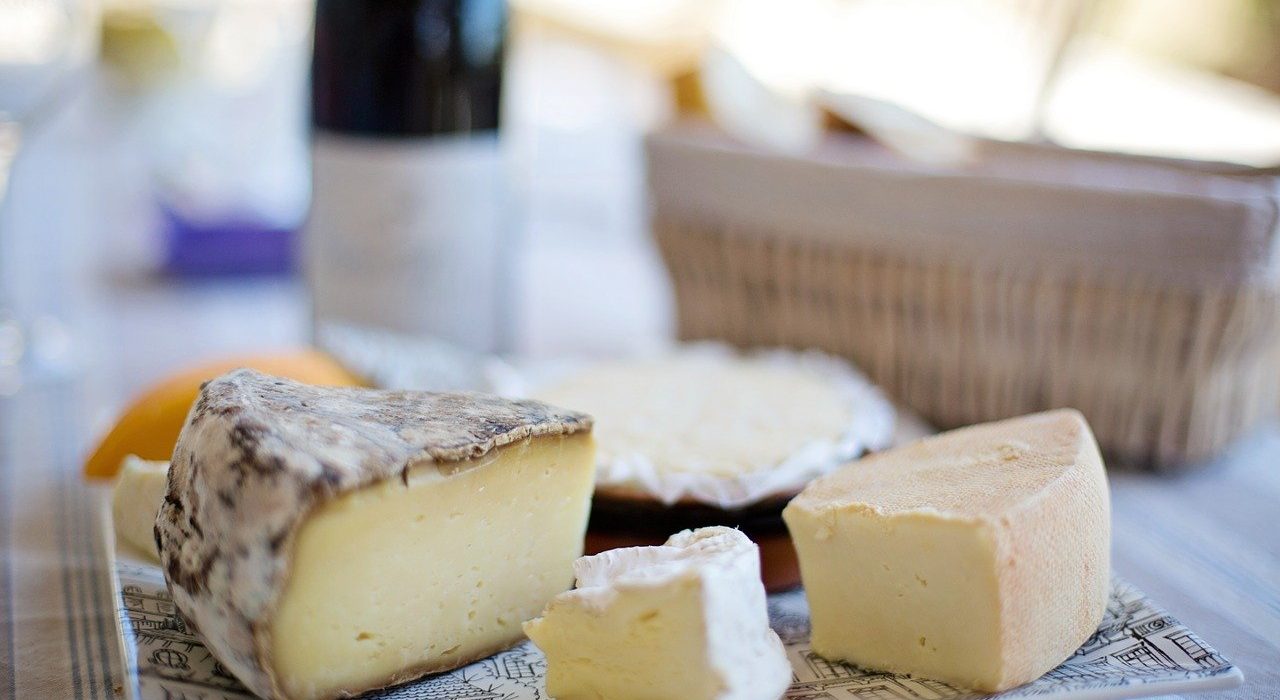Foie gras and light soufflés were not always the first choice in France. Until the storming of the Bastille in 1789, 70 percent of the French were poor farmers whose diet was mainly based on grain. Bread was the main component of their diet.
When the grain harvest failed in 1788 and 1789, bread became so expensive that only the aristocrats could afford it, and when it appeared on the table, it was a sign of social rank. Without its nutritional basis, the common man starved.
Food and the French Revolution
This physical hunger and the hunger for liberté, egalité, fraternité (freedom, equality, fraternity) was the impetus for the French Revolution. After the uprising, many cooks and servants whose aristocratic employers had fled Paris or were executed opened restaurants and provided the common man with finer food. Now anyone could stroll into a tavern or restaurant, have a rich meal and pay for it without robbing a bank.
19th century and haute cuisine
Georges Auguste Escoffier is considered the founder of haute cuisine or French gourmet cuisine. While working in some of the major hotels in Europe and America in the 1880s to 1890s, he introduced the brigade system, in which canteen kitchens are divided into five stations:
- Garde Manger: This is the chef responsible for the preparation of cold dishes.
- Entremettier: Starch and vegetables are prepared by this chef.
- Rôtisseur: This is the chef who supervises the preparation of roasts, grilled and fried foods.
- Saucier: This elevated position is referred to the chef who prepares exquisite soups and sauces.
- Pâtissier: A position responsible for the preparation of pastries and desserts, but not bread.

In this way, if each chef prepares a component of the dish, it is much faster than if a chef prepares a dish from start to finish. This way, meals could be served faster and tables could be reassigned faster (i.e. more money could be earned).
Escoffier introduced a lighter approach to classic sauces to refine a dish rather than masking its flavors. He also took peasant dishes and transformed them with the sophisticated techniques of haute cuisine.
Changes in the 20th century
The First World War heralded the beginning of modern French cuisine. Improved transport facilities in the first half of the 20th century spread prosperity and regional cuisines, which had previously been separated.
Veterans of the Second World War, who had experienced the impressions of the European sights and cuisine, created a tourist boost that promoted the need for a great cuisine at a fair price.
In the 1960s, a new way of cooking led by Chef Paul Bocuse and others emphasized freshness, lightness and clarity of taste in a movement known as Nouvelle Cuisine.
This new way of cooking avoided unnecessary and complicated steps. The food was not cooked to death to preserve more of its natural flavors. Steaming became fashionable and the emphasis was on using the freshest ingredients. Heavy sauces thickened with roux were put in the background in favor of butter, lemon and fresh herbs. Similar to Escoffier, regional or peasant dishes were the inspiration for a new “clean” approach to cooking.

By the mid-1980s, however, nouvelle cuisine had reached its saturation point and many chefs began to return to the style of haute cuisine, although much of the lighter presentations and new techniques remained.
The French cuisine of today
Today, French cuisine moves along a thin line between haute and nouvelle style. What has remained the same since the 19th century is that delicatessen is available to everyone, regardless of income or livelihood.
Today, ubiquitous bistros and cafés can be found all over the country, and the French have a daily choice between pain au chocolat or brioche. In France, there is something for everyone to eat. Attention is paid to the quality, taste and appearance of food. It is a pure, almost religious, sensual experience. What used to be a subsistence minimum is now an object of daily, living art.




